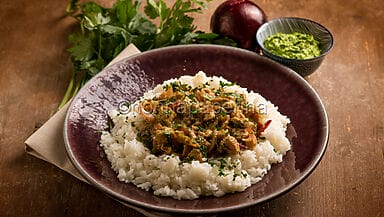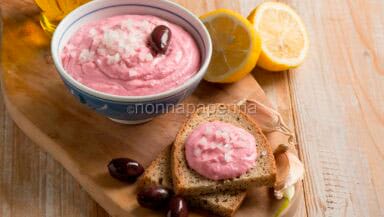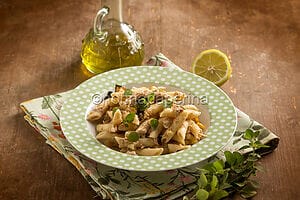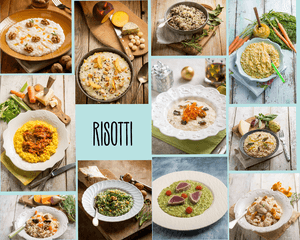Lemons
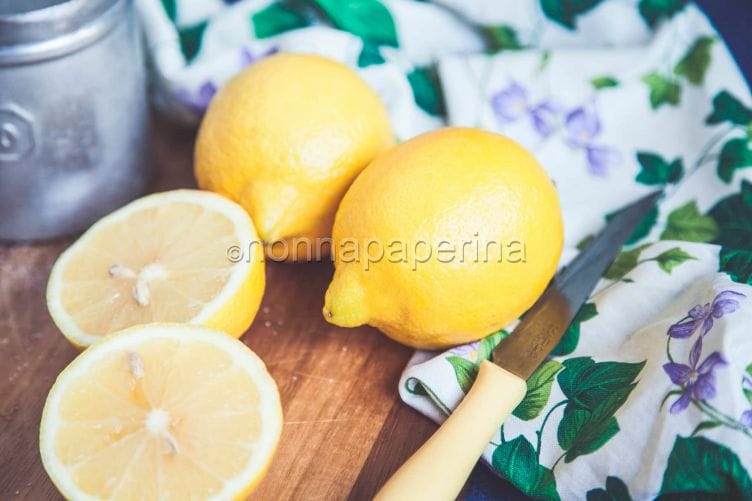
Properties and nutritional characteristics of lemons
Lemons are among the best-known and most appreciated fruits and are the primary component in many recipes. They are used as the main ingredient and also as a condiment. From a botanical point of view, lemons bear fruit (at best) twice a year, i.e., in mid-spring and mid-autumn. They prefer warm climates but are also able to develop in temperate ones.
From an organoleptic point of view, however, they follow the same lines as other citrus fruits. They are an excellent source of vitamin C, which, as everyone knows, supports the immune system. They are also rich in antioxidants, substances that contribute to cellular regeneration mechanisms and help prevent cancer. The same goes for limonina and limonene, as well as for citric acid, which is used to regulate acidity.
The main varieties of lemons
Lemons have been cultivated in Asia since the 2nd millennium BC. and in Europe since the 9th century. Therefore, given their long history, the presence of so many varieties is not surprising. Below, I list the most popular and well-known ones in Italy:
- Four Seasons: It is a variety that is characterised by the ability to bear fruit all year round. By virtue of this aspect, it varies in taste and juiciness.
- White orange blossom: The juice is very acidic, therefore, it is mainly used as a condiment. The peel is extremely valuable to the cosmetics industry because of its abundance of essential oils.
- Amalfi lemons. This type is distinguished by its exquisite juice and nearly complete lack of seeds. They work well for making lemonades and can also be used to make “strong”-flavored salads.
- Lunar: This type of lemon is among the least sour of all. They are also among the most fragrant ones, therefore, they are also used from an ornamental perspective.
- Verna: It is a summer variety, cultivated both in Italy and Spain. They are moderately sour and are mainly used to make sorbets.
How to enhance this citrus fruit in the kitchen
Lemons are one of the most versatile fruits of all, even though their sourness makes them rarely suitable for raw consumption. They can be found in numerous recipes for drinks, desserts, and savoury foods, as well as being the primary ingredient in sorbets and juices.
They have an excellent ability to embellish the first and second courses from a sweet and sour perspective. Lemons are also widely used in the production of both alcoholic and non-alcoholic cocktails, both in the form of juice and slices. Finally, these citrus fruits are also used in pastry making, especially to make dry cakes.
The most interesting recipes
Lemon is a versatile food that is appreciated for its many uses in the kitchen in the form of fruit and beyond. Here I propose some interesting recipes among those I have already published.
Fusilli with red onion, lemon, and ginger. Let’s begin with a first dish that highlights the flavour of lemon and recognises its participation. In fact, its peel is grated at the very end of the production process, much like Parmigiano Reggiano. In this way, the dish is presented in the best possible way and, at the same time, has an impact on the organoleptic performance.
Lemon delight: It is an elegant dessert that would make a good impression even in the most luxurious restaurants. It is a biscuit made of rice flour and eggs, that contains a soft lemon and whip cream mixture. Then, limoncello-infused Mascarpone cream is used for decoration.
Limoncello: It is the ultimate mealtime treat and a great classic of Italian culture. Despite having a medium-to-high alcohol content, it tastes very much like citrus fruit. It’s an easy technique that involves combining sugar syrup with alcohol and lemon zest solution, then letting it macerate for at least two weeks.
Lemon pie: It is a particular tart that stands out for the presence of a spirit and for the leading role given to this citrus fruit. A custard enhanced with dried cornflower petals and lemon zest provides the filling, while vodka and lemon jam enhance the base.
The benefits of lemon
Although I have already discussed the qualities of this citrus fruit, let me elaborate by enumerating its numerous health advantages.
in the fight against germs and viruses.
Aids in iron absorption: An essential detail for those with anaemia The key component is vitamin C, which also has a great capacity to encourage the mineral’s absorption.
It aids in digestion: Citric acid is primarily responsible for this activity, as it promotes the synthesis of highly potent digestive enzymes.
Protects the cardiovascular system: The polyphenols found in citrus fruit—which have antioxidant properties—are the point of focus. They combat free radicals and help prevent cancer as a result.
Contraindications of lemon
Lemon is a healthy fruit, but this does not exclude the presence of some contraindications. These contraindications have their effects only in the case of excessive consumption or if the individual is predisposed to some peculiar clinical conditions.
For example, lemon should be consumed with extreme caution by those suffering from gastroesophageal reflux or gastritis. It’s true; it helps digestion, but at the same time, it risks irritating the walls of the stomach and intestines. The reason for this lies in the marked acidity of the citrus fruit.
Lemon juice has the potential to erode dental enamel. The strong acidic component, which is slightly erosive, is the cause. By using a straw, you can simply get around this.
What about intolerances to certain foods? It’s better to discuss true allergies rather than intolerances. The majority of symptoms are systemic and include swelling of the tongue, lips, and eyes, as well as dyspnea and rhinitis. There have been isolated reports of cramping, nausea, and vomiting.
Do drugs and lemons interact negatively? While there haven’t been any issues in this area, it’s still best to avoid lemon when taking certain medications, including ciclosporin, statins, calcium channel blockers, and anxiolytics.
Lemon FAQs
What is lemon juice good for?
Lemon juice is beneficial as it aids digestion, strengthens the immune system, and protects the cardiovascular system. Furthermore, it provides excellent antioxidants that help prevent cancer.
What happens when you eat too much lemon?
If you eat too much lemon, you could have digestive problems. Lemon is in fact rich in citric acid and therefore acidic, which could cause heartburn and reflux.
What’s in a lemon?
Lemon is rich in interesting substances. Vitamin C is highly valued and can be found in practically all citrus fruits. Lemons are high in potassium, other trace elements (including iron and magnesium), and antioxidants.
What are lemons used for?
Lemons are a very adaptable meal. It is an essential component of sorbets, ice creams, and popsicles, and it can also be used to prepare juices (perhaps with red fruits). Lemons can be used to marinate meat, giving it an unmistakable aroma. Finally, lemon zest is used as a condiment.







